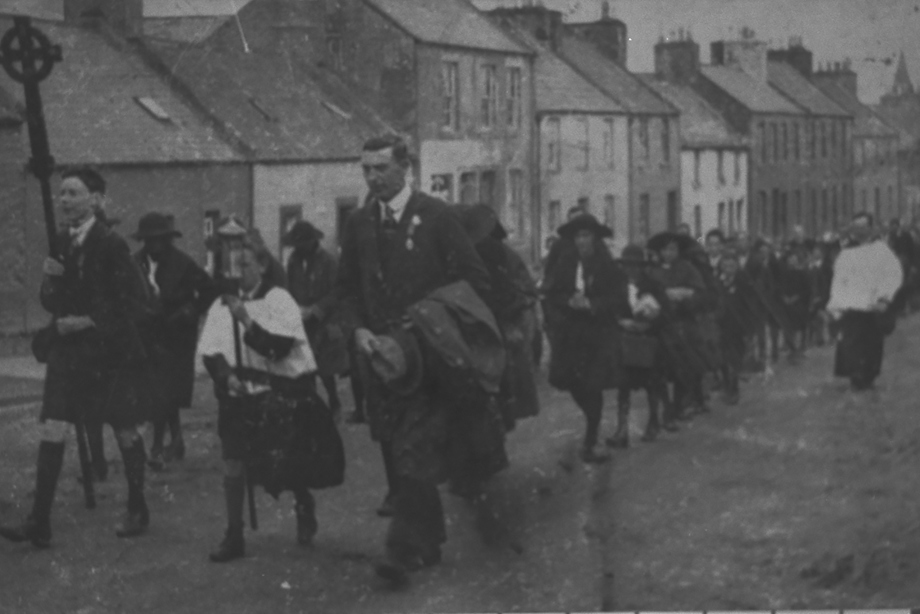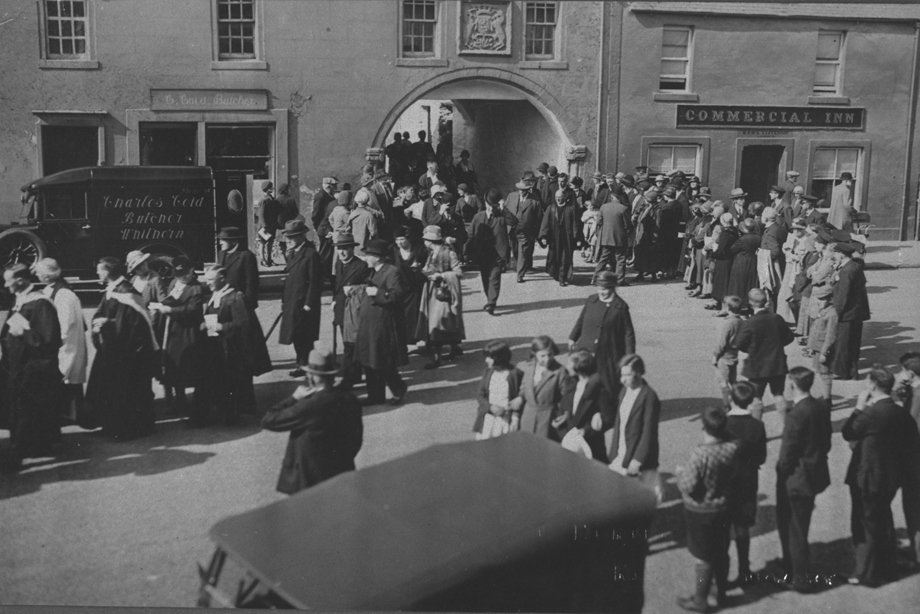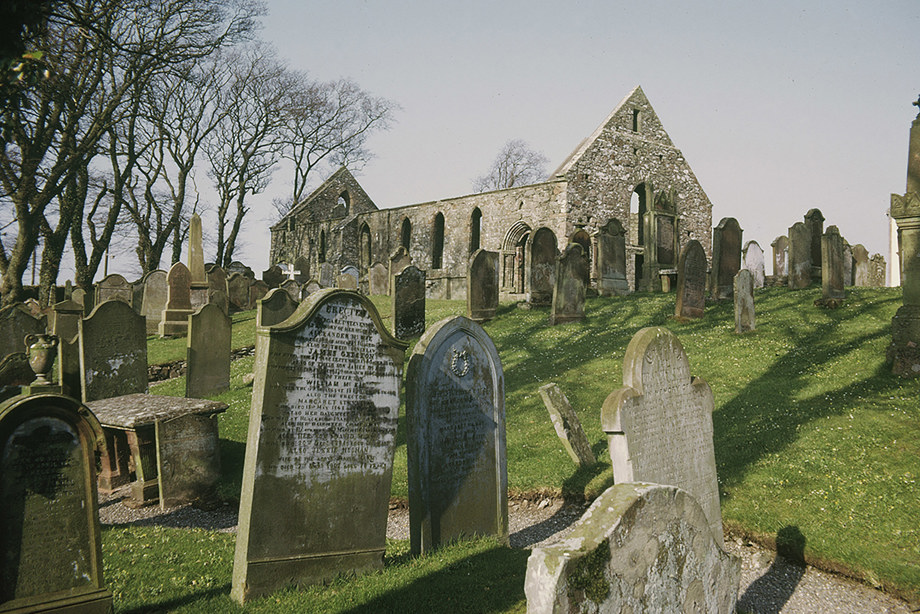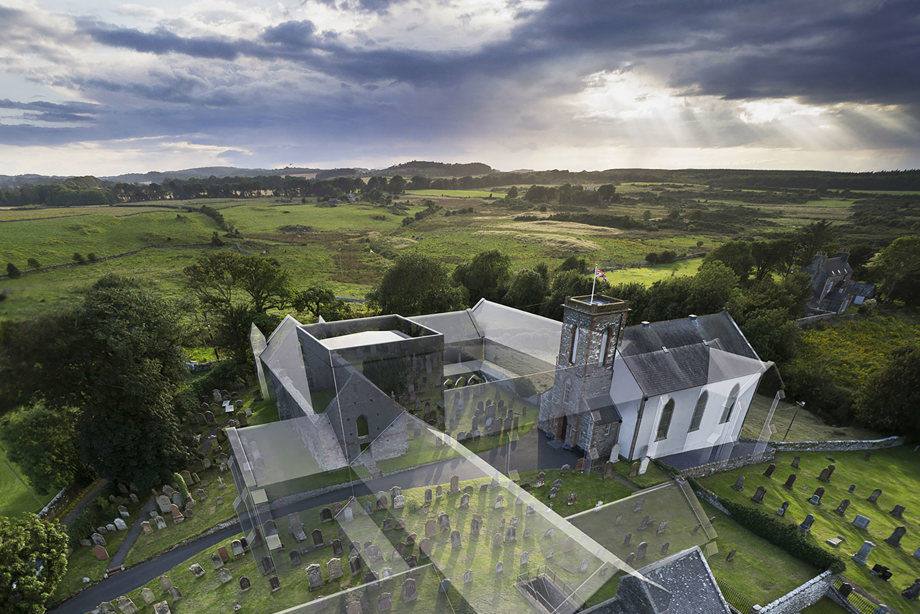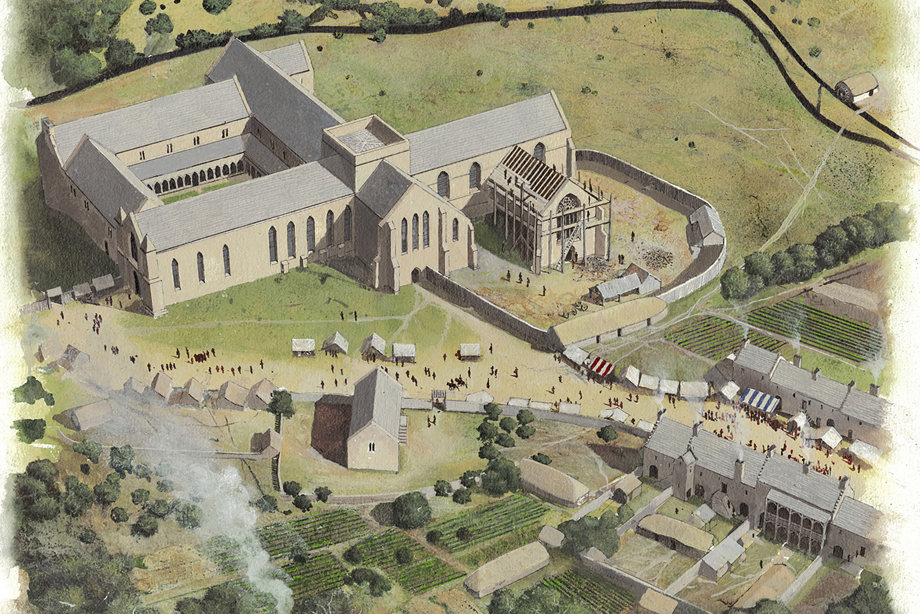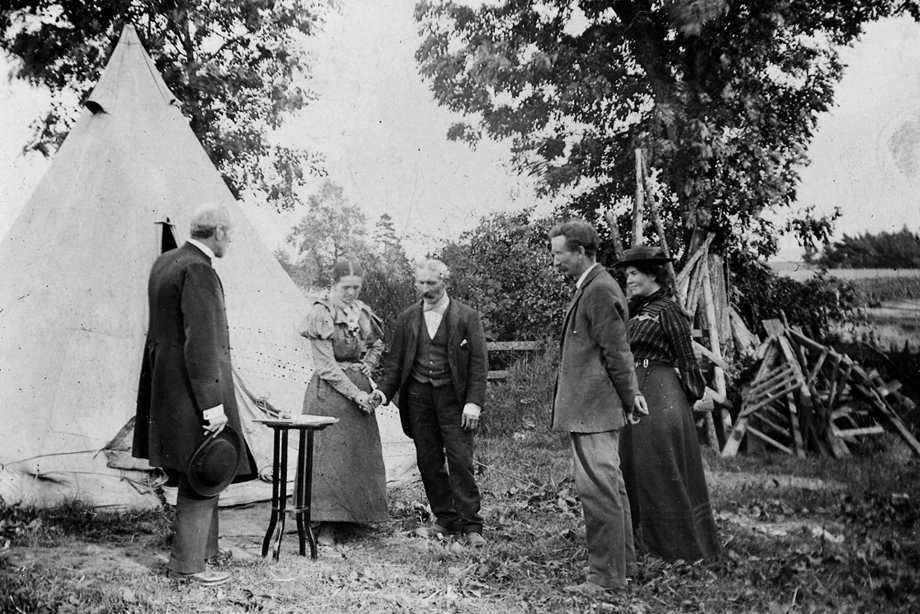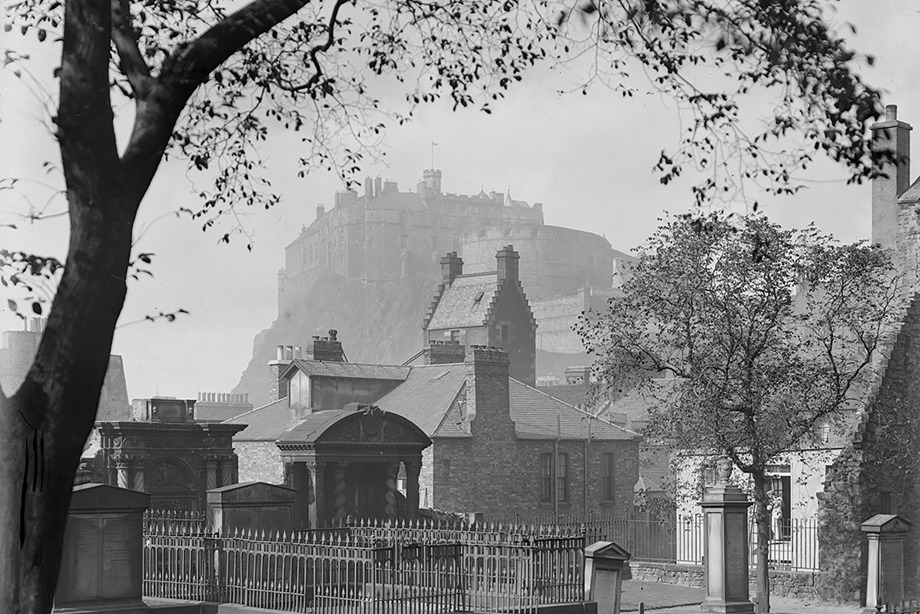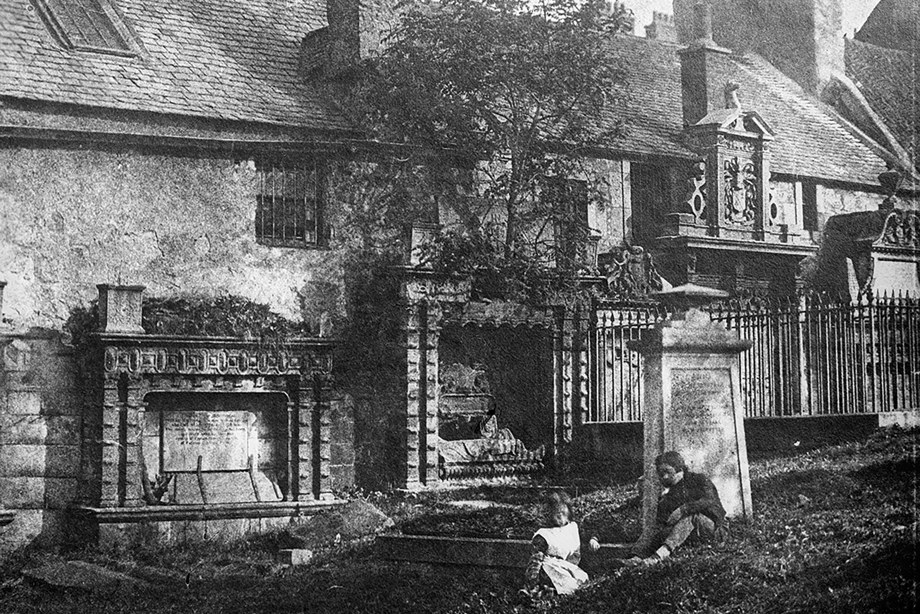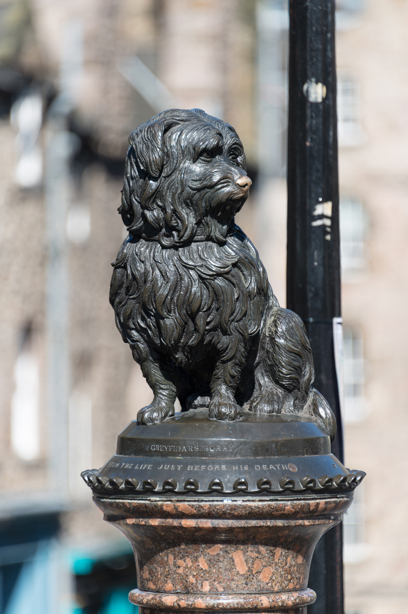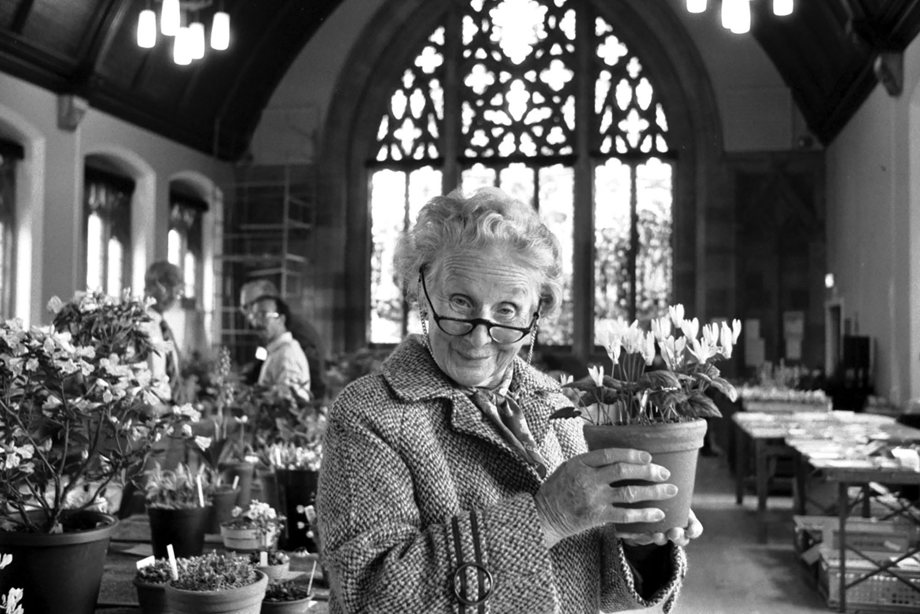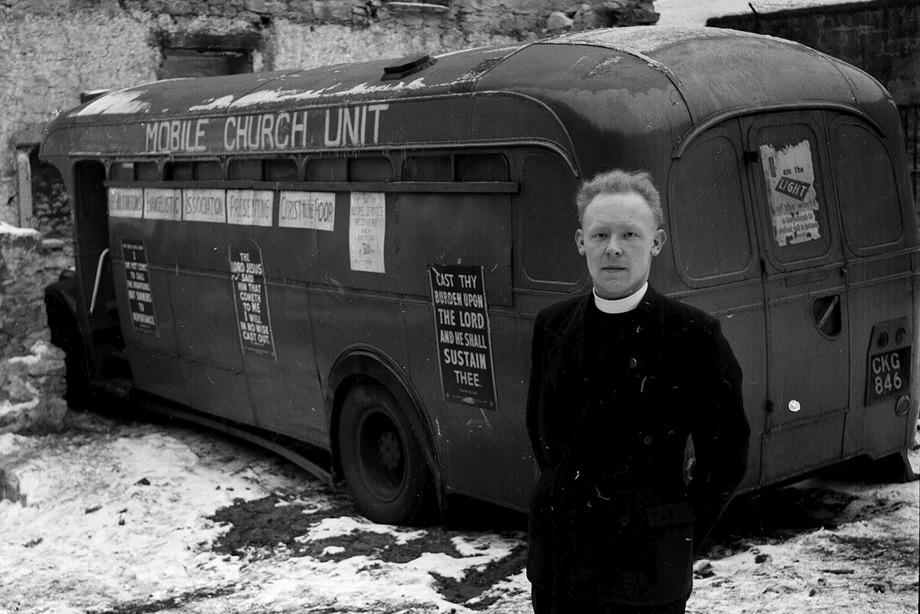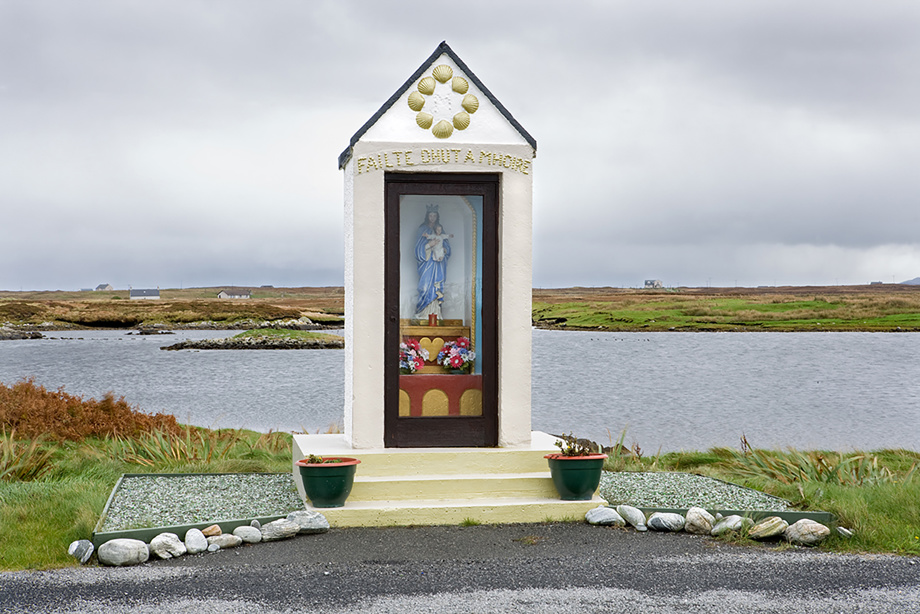Faith may be expressed in many ways beyond taking part in a religious ritual within a building. An act of faith may involve a pilgrimage, outdoor ceremony, missionary work, charitable endeavour, or private prayer.
Buildings used for religious ceremonies are often used for a variety of other purposes. Ever since Christianity became established in Scotland, churches have been at the heart of their communities, providing shared spaces to gather and strengthen social bonds.
For centuries these buildings were used for recreational activities as well as worship until the addition of church halls led to a separation of these functions alongside a growing emphasis on charitable initiatives in the wider community.
In the 20th century, the charitable and social events held in church halls were often the preserve of women. They not only ran jumble sales to raise funds for local and overseas causes but also organised festive parties, concerts, exhibitions, and activities for children.
Whithorn Priory
Robert the Bruce was among the first pilgrims drawn to the supposed burial site of St Ninian who was thought to have established Scotland’s earliest monastic community at Whithorn around 397AD. The idea of being close to the authentic beginnings of Christianity has fascinated people ever since the Saint's death and continues to attract visitors and pilgrims to the Priory to this day.
In 1868, the 3rd Marquess of Bute, who owned a farm near the Priory, converted to Catholicism. He reintroduced pilgrimages at Whithorn Priory, which had been banned since the Reformation in the 16th century, to celebrate St Ninian's Day.
In 1932, Lord Patrick Crichton Stuart, son of the 4th Marquess of Bute, led a procession to mark the 1500th anniversary of the death of St Ninian. The Protestant church was also captivated by the idea of reviving the focus on the early church and held a procession on the same day.
Wedding at Muirton Farm, Blairgowrie
In Scotland, it has always been legal to get married in places other than a church although the Catholic faith still requires a marriage to take place within a church building. A protestant, or humanist celebrant, can perform a wedding inside any building or even outdoors.
From the earliest times, communities of people have returned to significant places to carry out rituals; first within the landscape and then, later, in purpose designed buildings.
However, a private place of prayer can be created anywhere and, as in the case of this wedding, it can exist just for the time it takes to carry out the ceremony or service.
In 1910, this couple from the Gypsy, Roma and Traveller community married at a farm on which they had made camp, perhaps to carry out some seasonal work. They are standing in front of their canvas tent and the owner of the farm, George Boothroyd, is acting as witness.
The couple are holding right hands during the ritual because the left hand was thought to be less lucky, a custom that goes back to Roman times.
Greyfriars Church, Edinburgh
Greyfriars Church played a key part in Scottish history because the National Covenant was signed here in 1638.
This document outlined the wish of many Scots for the Church of Scotland to govern itself and not be under the authority of the Crown or the bishops that the monarch chose to appoint.
So many people came to witness the signing of this document that the relatively new church could not contain them all. Copies of the document had to be taken out into the churchyard for people to sign.
Today, many visitors flock to this church because of the tale of ‘Greyfriars Bobby’, the terrier who is said to have spent 14 years faithfully guarding his master’s grave.
Cluny Church Centre, Edinburgh
When not in use for worship, Christian churches, but mainly their accompanying halls, are often used by communities for other activities.
These spaces serve a charitable purpose, where fundraising events like ‘bring and buy’ sales are held but they are also used to provide help and support to the wider community. This can include social gatherings for the elderly, activities for young parents or help for refugees.
In this photograph, Mrs Sheila Maule considers a flowering cyclamen plant as she takes part in judging the Scottish Rock Garden Club flower show in 1988.
The Cluny Church Centre was created by converting a church into a suite of halls that served two combined congregations from 1974 until it closed in 2016.
Reverend Frank Waddington’s mobile church
Scottish church congregations began to dwindle in the 20th century and so, in order to address this, evangelical preachers held public prayer meetings which were intended to renew people’s faith.
In 1955 the most famous of these preachers was Billy Graham. He toured Scotland and, for a while, helped halt shrinking congregation numbers.
Inspired by Billy Graham, Reverend Frank Waddington from Manchester came to Scotland in 1959 and used a bus as a mobile church. Known as the ‘gutter parson’ Reverend Waddington sought out the poorer members of communities for his evangelical mission.
Roadside Shrine, Ardmore, South Uist
Roadside shrines, a common sight in Catholic countries, are not often found in Scotland where the majority of practising Christians belong to the Church of Scotland.
The island of South Uist in the Outer Hebrides, however, has a long-established Catholic community and nine of these shrines dedicated to Mary, the mother of Christ are found there.
Following World War 2, the Ministry of Defence announced plans to build a substantial rocket range on the island which would have meant evicting residents from the military zone. Canon Morrison feared the plans would destroy the island’s way of life.
As part of his campaign to oppose the development, ‘Father Rocket’ organised the construction of several roadside shrines to encourage those who passed them to consider the island’s culture and, by doing so, support its preservation.
He also commissioned a leading sculptor of the day, Hew Lorimer, to produce a nine-metre-tall statue, Our Lady of the Isles, a representation of the Madonna and the young Christ, to stand watch over the island.
Places for Prayer continued
As Scotland's religious landscape transformed following the Reformation, the country experienced an ecclesiastical building boom. Explore the buildings and structures crafted in those changing times.

